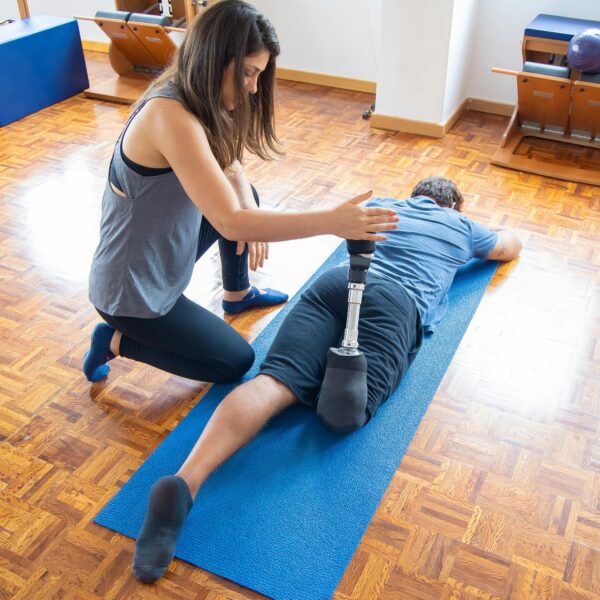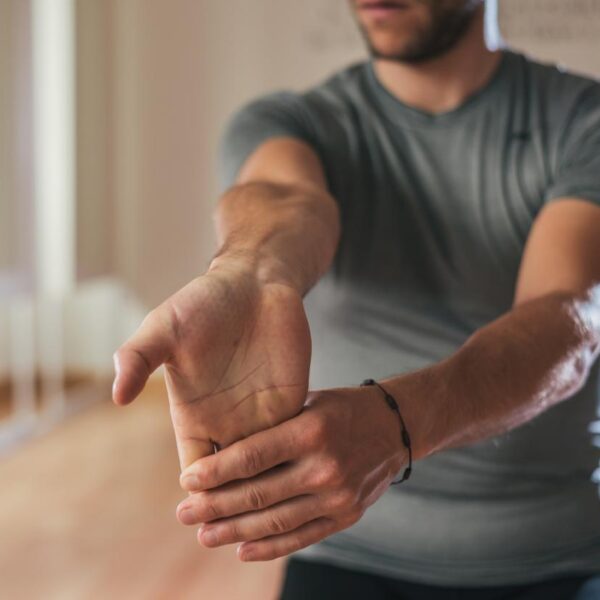Recent advancements in physical therapy have transformed rehabilitation techniques, making recovery more effective and accessible than ever before. Modern physical therapy incorporates a range of innovative approaches, such as virtual reality therapy, biofeedback, and personalized rehabilitation programs that are tailored to each patient’s unique needs.
These cutting-edge methods not only enhance the recovery process but also provide real-time data that allows therapists to track progress and adjust treatments accordingly for optimal outcomes. The integration of technology into physical therapy practices enables patients to engage in their rehabilitation from the comfort of their homes, promoting adherence to treatment plans and reducing dropout rates.
As research continues to unveil new insights into human movement and healing processes, physical therapists are equipped with an ever-growing toolkit of strategies that empower patients on their journey toward recovery. Embracing these innovations is crucial for anyone seeking effective rehabilitation solutions; they represent not just a trend but a fundamental shift in how we understand and approach recovery in the modern world.
The Role of Virtual Reality in Enhancing Patient Engagement and Outcomes
Virtual reality therapy represents a groundbreaking advancement in the field of rehabilitation, offering immersive experiences that significantly enhance patient engagement and outcomes. By simulating real-life environments, VR can transform traditional physical therapy sessions into dynamic and interactive experiences, making exercises more enjoyable and less daunting for patients. This technology enables therapists to customize rehabilitation programs tailored to individual needs, allowing for real-time feedback and adjustments based on the patient’s performance.
Research has shown that patients using VR in their therapy are not only more motivated but also demonstrate improved recovery rates compared to conventional methods. The immersive nature of virtual reality can help reduce pain perception and anxiety during rehabilitation, leading to a more positive experience overall. As we continue to integrate patient engagement technologies like VR into physical therapy practices, we are not just enhancing treatment efficacy; we are redefining what is possible in rehabilitation, paving the way for a future where recovery is both effective and inspiring.
-
25% faster gait improvements, according to a 2023 Journal of NeuroEngineering trial
-
40% higher patient adherence across multiple outpatient clinics
-
30% average pain reduction during sessions, thanks to distraction and gamification
Breakthroughs in Pain Management Techniques Using Neuromodulation
Neuromodulation therapy represents a groundbreaking advancement in the field of pain management, offering new hope for those suffering from chronic pain. This innovative approach utilizes electrical stimulation to alter the way pain signals are processed by the nervous system, effectively reducing discomfort and improving quality of life.
Unlike traditional treatments that often rely on medication with potential side effects, neuromodulation therapy provides a targeted solution that can be customized to meet individual patient needs. Clinical studies have shown promising results, revealing significant reductions in pain levels and enhanced functionality for many patients who have exhausted other treatment options.
As we continue to explore these advancements in electrical stimulation therapy, it becomes increasingly clear that neuromodulation not only offers relief but also empowers patients to reclaim control over their lives. Embracing this cutting-edge technology is essential for revolutionizing chronic pain treatment and paving the way for a future where effective management is within reach for everyone affected by persistent pain.
-
50–70% pain reduction over 12 months in chronic low-back cohorts
-
80% regained functional mobility, according to a recent multicenter study
The Integration of Wearable Technology for Personalized Treatment Plans
Wearable devices are transforming the landscape of rehabilitation by providing personalized physical therapy plans that cater to the unique needs of each patient. These innovative technologies enable healthcare professionals to monitor progress in real-time, ensuring that rehabilitation programs are tailored and adjusted based on individual responses and performance metrics. For instance, health tracking technology integrated into wearables can collect data on vital signs, movement patterns, and even muscle engagement, allowing therapists to create highly customized recovery strategies that enhance effectiveness.
Furthermore, smart rehabilitation tools not only facilitate better communication between patients and therapists but also encourage patient engagement and accountability in their recovery journey. The integration of these technologies leads to more informed decisions on treatment adjustments, ultimately accelerating healing processes and improving outcomes for patients. As we embrace the potential of wearable devices in rehab, it becomes clear that they are not just supplementary tools; they are essential components in delivering superior care and fostering a more efficient path to recovery.
Of course, these are not the only major advancements to have come to light recently in the world of Physical Therapy. If you want to get involved with groundbreaking discoveries or work in facilities that allow you to utilize these practices, then check out our open jobs on our job board. If you are looking for something different than the roles we show, send us an updated resume and connect with a recruiter as soon as today to learn about what opportunities might be open to you.











